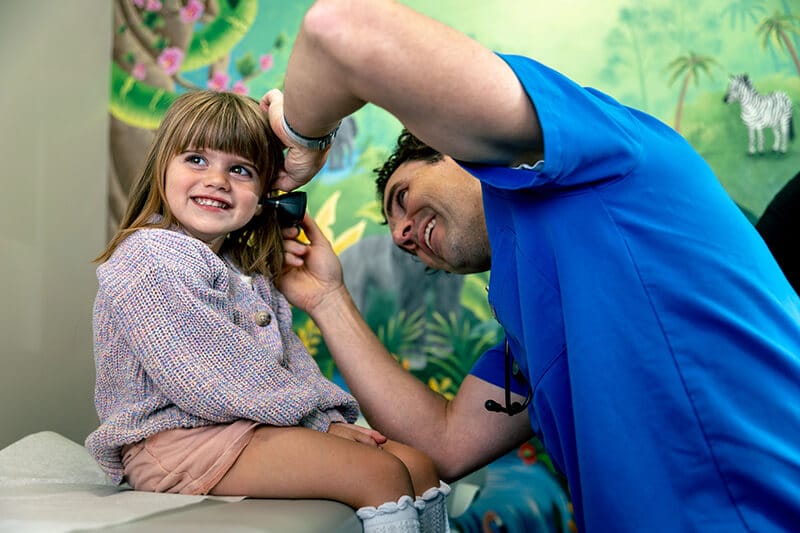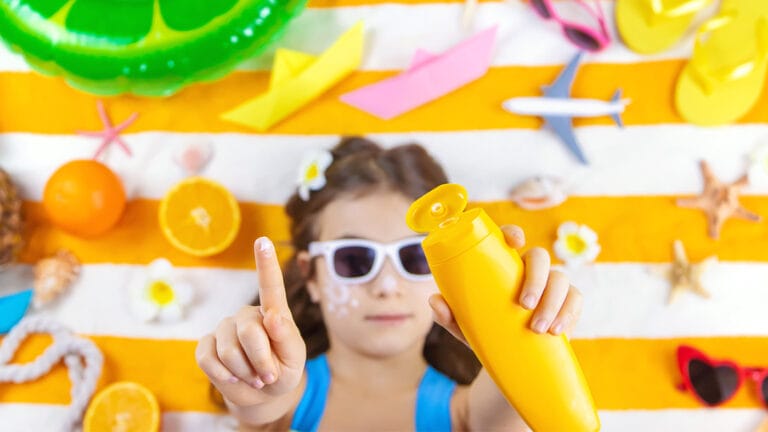When my oldest daughter was approximately 18 months old, she nearly drowned in my parents’ pool. I was sitting less than 10 feet from her, distracted by getting sunscreen on her baby sister. My husband was even closer but also distracted by the giant spider floating along the surface. She slipped off the step and under the water in the short time I was not watching her. It is unclear how long she was under the water. She did not make a sound. She did not splash. She did not struggle. We were right there and didn’t know what was happening. When we pulled her from the water, she was lifeless and blue. We were fortunate. She recovered with no long-term effects.
The American Academy of Pediatrics (AAP) states that “drowning is the leading cause of injury-related death in children ages 1-4 years old and the third leading cause of unintentional injury death among US children and adolescents 5-19 years of age”.
With record-breaking heat, everyone is looking for ways to stay cool. Water-related activities are at the forefront of our minds as we try to beat the heat. So, how do we keep our kids safe around water? There are many important components to preventing catastrophic water events. Many of these strategies are geared towards pools but can be applied to any body of water, including lakes, oceans, rivers, and even bathtubs.
First, swimming should be every child’s first sport. Swim lessons will not prevent drowning but can be an effective tool in preventing water-related accidents. Swim lessons will benefit most children over the age of one. There is much debate regarding infant swim lessons, but there is no evidence to suggest that infant swimming programs before 1 year of age are beneficial.
Secondly, safety measures should be taken in regards to swimming pools. Particularly residential pools should ideally have locking gates surrounding them. Automatic covers that have locked controls should also be implemented if not already in place. Some families may opt for pool alarms as well.
Thirdly, appropriate flotation devices should be used when necessary. Any child less than 12 years of age should wear a US Coast Guard-approved life jacket whenever they are in or on watercraft. While flotation devices like water wings and puddle jumpers can be effective tools when learning how to swim, you should not rely on them to save your child. Supervision is still key.
Fourthly, children must be supervised in and around water at all times. This is perhaps the most important layer to water safety. Adequate supervision is described by the AAP as “close, constant, and attentive supervision of young children in or around any water.” They further detail that for beginning swimmers this means “touch supervision” or being within arm’s reach of the child at all times. Designating a “water watcher” can be an effective method to ensure at least one individual is completely distraction-free. This person should not be using their phone, socializing, performing chores, drinking alcohol, etc. There should always be a verbal handoff from one “water watcher” to the other to ensure someone is always on shift.
It’s hot out there!! Go have some fun in the water with these safety tips in mind!






